PPT-Washington DC Community of Practice
Author : jane-oiler | Published Date : 2019-02-06
Mary Lee Fay National CoP NASDDDS December 17 2014 Project Goal To build capacity through a community of practice across and within States to create policies
Presentation Embed Code
Download Presentation
Download Presentation The PPT/PDF document "Washington DC Community of Practice" is the property of its rightful owner. Permission is granted to download and print the materials on this website for personal, non-commercial use only, and to display it on your personal computer provided you do not modify the materials and that you retain all copyright notices contained in the materials. By downloading content from our website, you accept the terms of this agreement.
Washington DC Community of Practice: Transcript
Download Rules Of Document
"Washington DC Community of Practice"The content belongs to its owner. You may download and print it for personal use, without modification, and keep all copyright notices. By downloading, you agree to these terms.
Related Documents

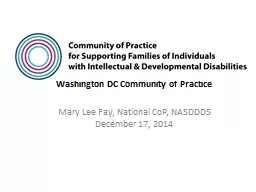
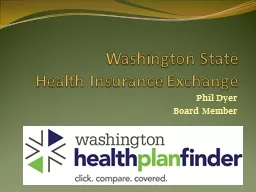

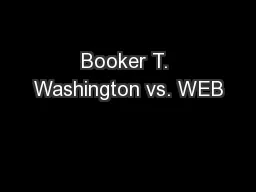
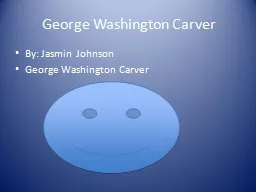
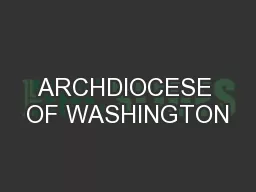
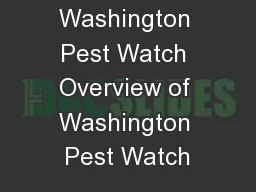
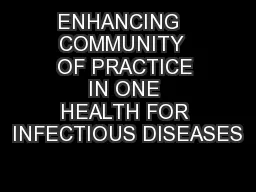


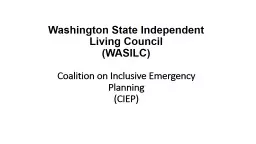
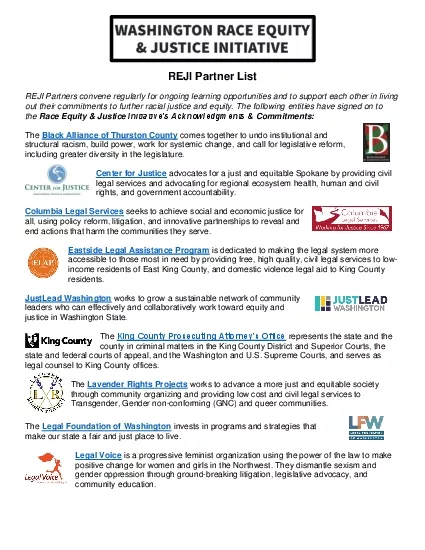
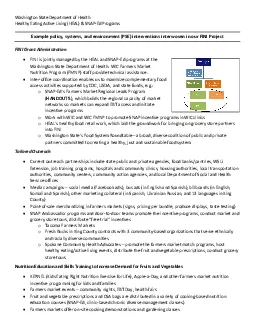
![Welcome To The About Me [Introduce yourself]](https://thumbs.docslides.com/914021/welcome-to-the-about-me-introduce-yourself.jpg)